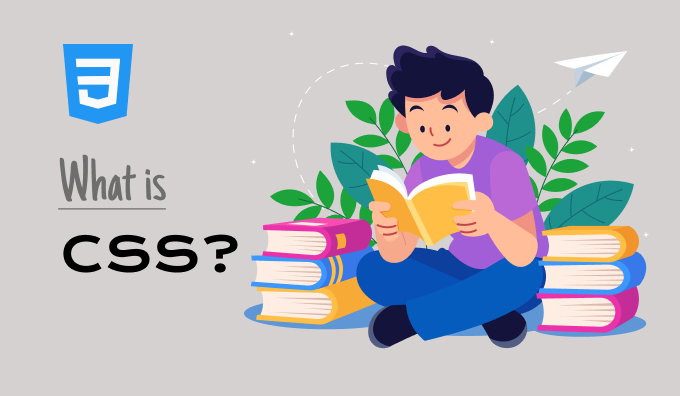
What is Excerpt?
August 8, 2023
What Is Backup?
August 10, 2023Cascading Style Sheets, commonly known as CSS, functions as a style sheet language employed for specifying the visual presentation and layout of HTML documents. In the realm of WordPress themes, CSS and HTML work in tandem to display the content produced by the WordPress system. Embedded within each WordPress theme is a style.css file that houses a set of style directives designed to dictate the arrangement and design of the pages originating from WordPress.
CSS proves to be highly user-friendly and readily graspable. An array of websites disseminate introductory CSS tutorials tailored for novices, offering valuable guidance to newcomers in the realm of WordPress. Nevertheless, due to its inherent simplicity, many WordPress users can acquire a fundamental understanding by merely perusing the style.css file of their chosen WordPress theme.
Example:
body {
font-size:12px;
color: #777;
background-color:#F2F2F2;
}
h1 {
font-size:19px;
text-transform:uppercase;
}
.post-title {
font-size: 17px;
color: #7C0088;
font-weight:500;
}
CSS allows for the direct styling of HTML elements. Additionally, designers employ identifiers and classes to delineate distinct segments, enabling the application of CSS styles to these sections. This practice facilitates the utilization of varied styles for identical HTML elements situated in diverse sections of a webpage. To illustrate, an h1 element serving as the title of a blog within the header section might receive a distinct style compared to another h1 element within the post area of that very page.
Example:
<div id="header">
<h1 class="blog-title">
<a href="<?php bloginfo('url'); ?>" title="<?php bloginfo('name'); ?>"><?php bloginfo('name'); ?></a>
</h1>
</div>
In the presented HTML, there exists an identifier labeled as 'header' along with a class referred to as 'blog-title'. These specific segments are amenable to CSS styling.
Example:
#header {
background-color:#7C0088;
height:120px;
width:100%;
padding:20px;
}
h1.blog-title a {
font-color:#FFFFFF;
font-size:17px;
font-family: Roboto, "Arial", serif;
text-decoration:none;
}
If you found this article helpful, we invite you to subscribe to our YouTube Channel for more WordPress video tutorials. You can also connect with us on Facebook for additional updates and content.



